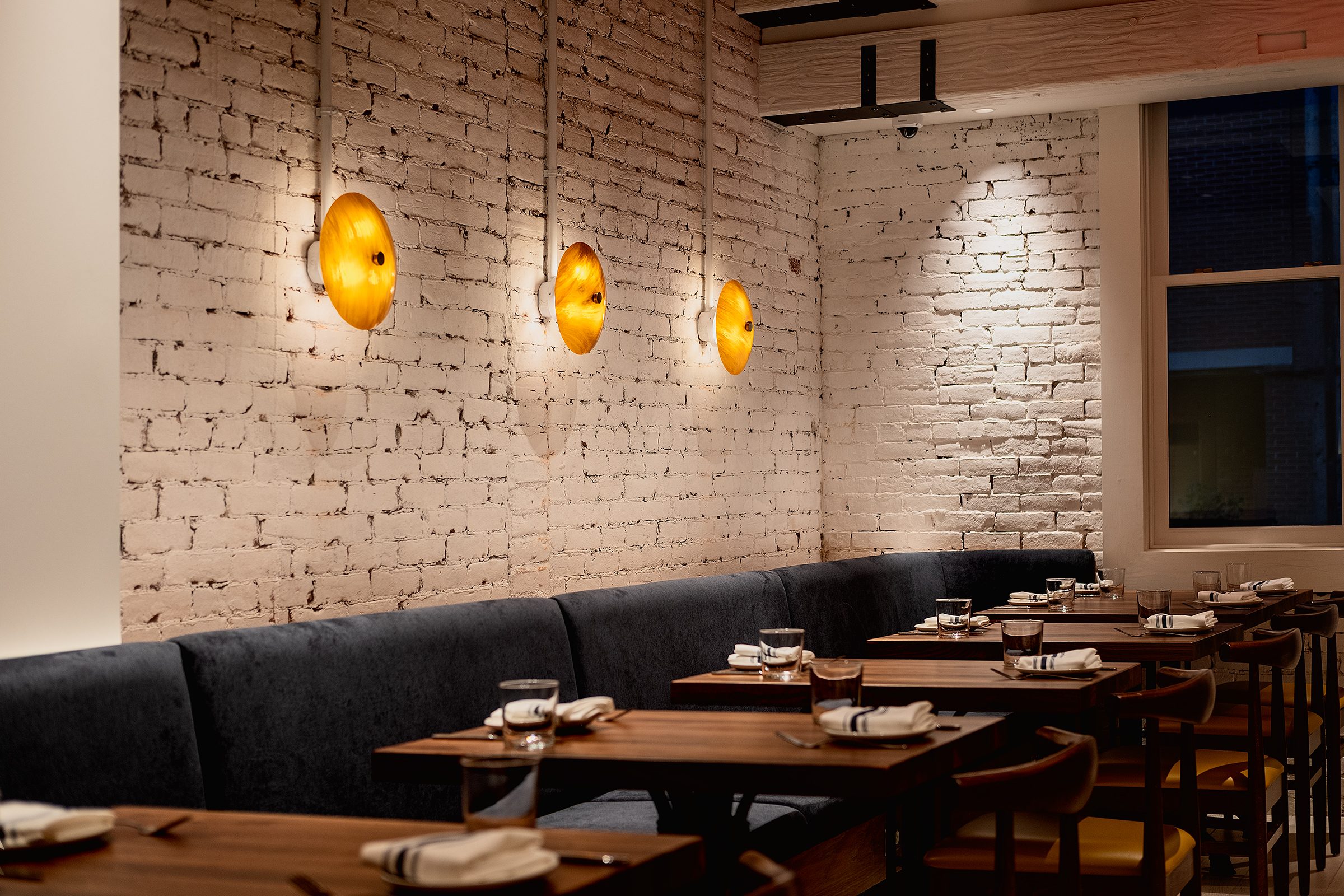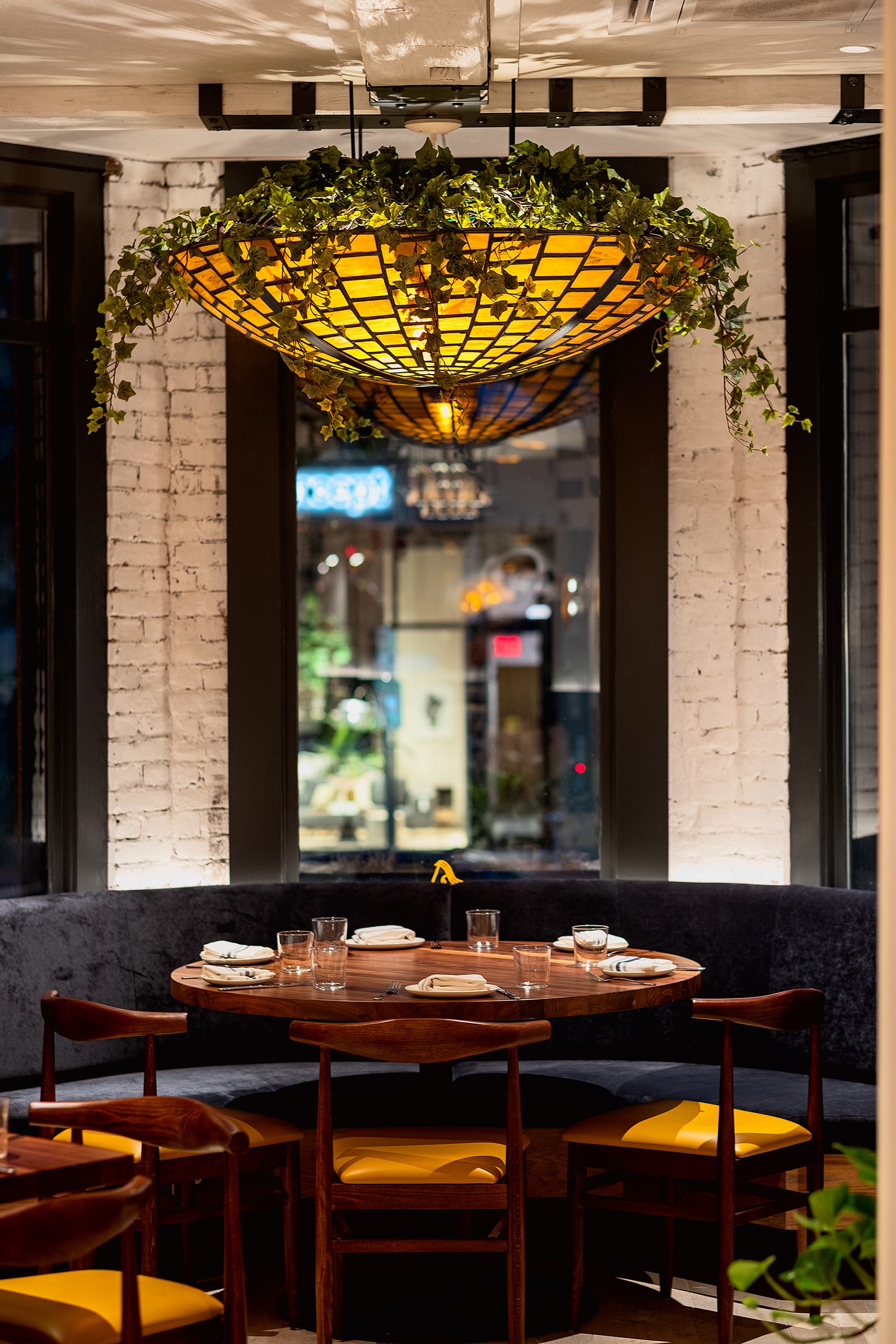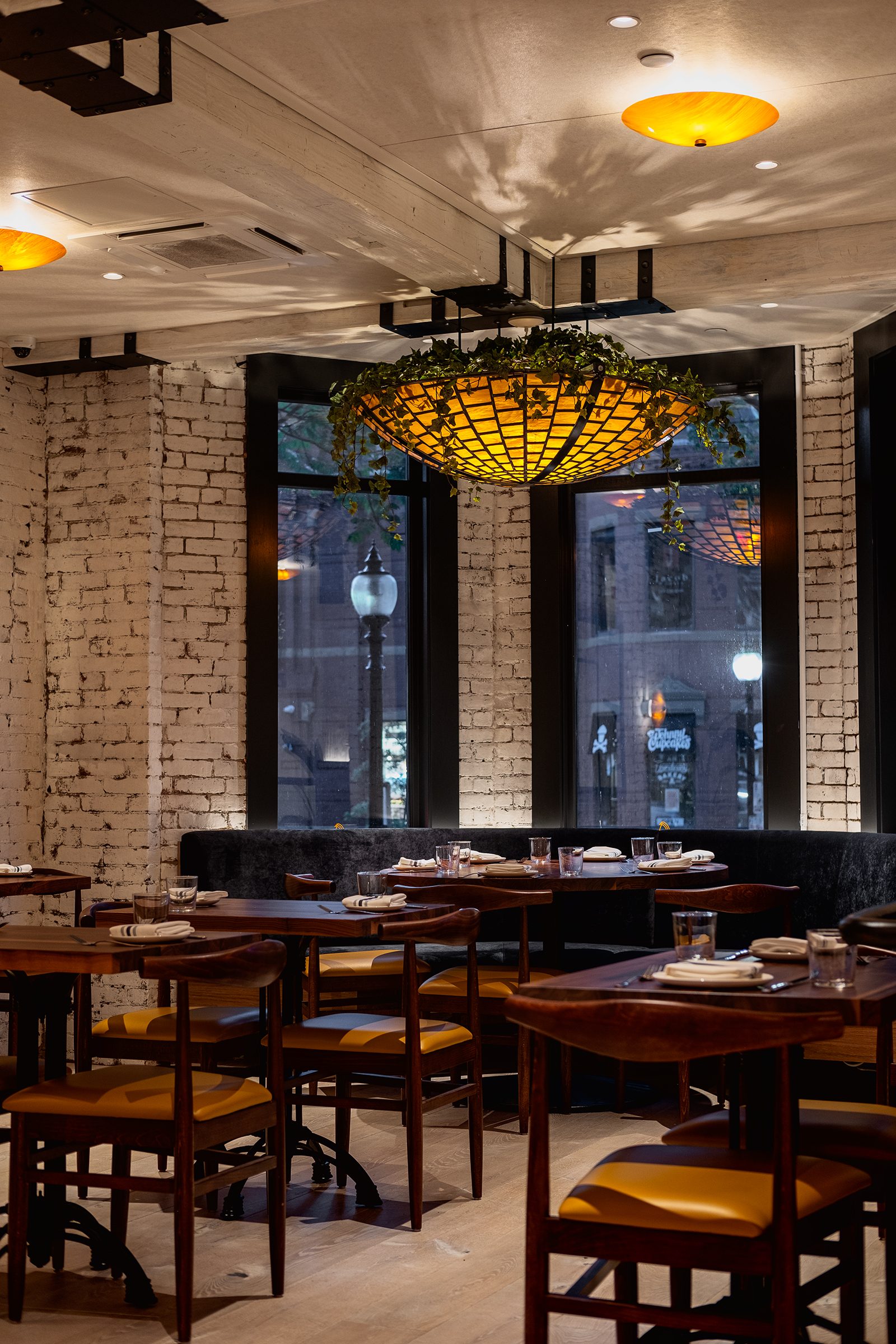Have you ever felt a bit lost in the endless stream of emails and messages, wondering if true connection still happens? It's a common feeling, that. We spend so much time these days looking at screens, sending words back and forth, that we might forget the simple, yet very powerful, impact of meeting someone faccia a faccia. This Italian phrase, which means "face to face," captures something truly special about human interaction, something that a quick text or even a video call just can't quite match. It’s about being truly present with another person.
In our modern lives, we rely a lot on digital tools. Think about how we manage our daily communications. We sign in to services like Gmail, which, as we know, offers intuitive, efficient, and useful ways to send and receive messages. It gives us a generous 15 GB of storage, helps cut down on spam, and lets us check our mail on the go. There's also the ease of accessing accounts like Outlook, Hotmail, or Live.com, often through handy desktop and mobile apps that bring all our email, including Yahoo and iCloud, into one spot. This kind of access, actually, makes our lives easier in so many ways.
Yet, for all the convenience of checking an inbox or signing in from a private browsing window, there's still a deep need for something more personal. The very nature of digital communication, even with its encryption and control, means it lacks the immediate, unfiltered warmth of a real meeting. That is why, perhaps, the idea of "faccia a faccia" holds such a strong pull for us, even today. It reminds us of a different kind of interaction, one that feels more complete and, in some respects, more real.
- Reggie Bush And
- Shahrukh Khan Shahrukh
- How To Delete A Instagram Account
- Wshh World Star Hip Hop
- French President Macron
Table of Contents
- What Exactly is Faccia a Faccia?
- Why Faccia a Faccia Matters More Than Ever
- Bringing Faccia a Faccia into Your Daily Life
- Common Questions About Faccia a Faccia
- The Lasting Impact of Faccia a Faccia
What Exactly is Faccia a Faccia?
The phrase "faccia a faccia" is, in its simplest form, about two people looking at each other. It means a direct, in-person meeting. This isn't just about being in the same room, though; it’s about a kind of presence. It suggests an encounter where you give someone your full attention, where you can see their reactions, and they can see yours, too. It’s a very human way to connect, really.
Think about how we sign in to our various online services. We create a Google account to access Gmail, YouTube, Google Play, and Drive. We set how we sign in to these Google apps and services. We can even use guest mode or private browsing windows for security. All of this is about connecting to digital services, which is quite different from connecting with a person. The digital world is about efficiency and access, but "faccia a faccia" is about something else entirely.
It's about the feeling of shared space and time, a mutual experience that digital screens just can't fully replicate. There's a certain depth to it, a richness that comes from seeing someone's expressions change, hearing the tone in their voice, and feeling the energy in the room. This kind of interaction, you know, has been the foundation of human society for a very long time.
Why Faccia a Faccia Matters More Than Ever
In a world where we can manage all our emails, including Gmail, Yahoo, and iCloud, in one convenient place, it's easy to forget the unique value of direct interaction. Yet, the more digital we become, the more precious these in-person moments feel. They offer something that the most intuitive or efficient email service simply cannot. It’s about building something stronger, something more lasting, apparently.
The Language Beyond Words
When you talk to someone "faccia a faccia," you’re not just hearing their words. You’re also seeing their body language, their facial expressions, and the subtle shifts in their posture. These are all parts of how we communicate, and they carry a lot of meaning. Sometimes, a glance or a slight frown can tell you more than a whole paragraph of text, you know? This non-verbal communication is a very big part of understanding.
Think about getting an email. It's just text on a screen. You can't see the sender's smile or hear the sincerity in their voice. Even with the best encryption that keeps your account and emails private, as Gmail does, it doesn't give you the full picture. The nuances, the unspoken messages, are often lost. That is why, for important talks, being in the same room can make a world of difference.
Building Trust and Understanding
Trust is a very big deal in any relationship, whether it's with a friend, a family member, or a colleague. It's built over time, through shared experiences and honest conversations. Meeting "faccia a faccia" helps a lot with this. When you look someone in the eye, you can often get a better sense of their honesty and their intentions. It's a way to truly connect on a deeper level, more or less.
We can sign in to our Outlook.com or Hotmail.com accounts, and we can access free Outlook email and calendar, plus Office online apps like Word, Excel, and PowerPoint. This is great for sharing information and working together. But for building deep trust, for truly understanding someone's perspective, a personal meeting is often needed. It allows for a kind of vulnerability and openness that's harder to achieve through screens, in a way.
Solving Problems with a Personal Touch
When there's a disagreement or a tough decision to make, talking it out "faccia a faccia" is usually the best approach. Misunderstandings can happen very easily through text or email. A quick message can be read in many different ways, and sometimes, the wrong way. But when you're talking in person, you can clarify things right away. You can see if someone is confused or upset, and you can adjust your words to make sure your message is clear, apparently.
Imagine trying to resolve a complex issue purely through email, even with the largest secure email service in the world. It can become a long, drawn-out back-and-forth. But a "faccia a faccia" conversation can often cut through the confusion quickly. It allows for immediate feedback and a more natural flow of ideas. This makes finding solutions a lot smoother and, you know, more effective.
Bringing Faccia a Faccia into Your Daily Life
So, how do we make sure we get enough of these valuable "faccia a faccia" moments in our busy, digitally connected lives? It's about being mindful and making a conscious choice to prioritize personal interaction when it truly counts. It's not about abandoning our useful digital tools, but about finding a better balance, really.
Personal Connections
For friends and family, try to schedule regular meet-ups. Instead of just texting, suggest getting coffee or going for a walk. These simple acts can strengthen your bonds in ways that countless messages never could. It's about creating shared memories, which are, you know, so important. Even if you use the Gmail app on your phone or tablet to coordinate, the actual meeting is what matters.
When you do meet, try to put your phone away. Give the person your full attention. Listen actively, and really try to understand what they are saying, both with their words and their actions. This kind of presence shows you care and makes the interaction much more meaningful. It’s a very simple thing, but it makes a big difference.
Professional Interactions
In the workplace, while email is essential for many tasks, consider scheduling "faccia a faccia" meetings for important discussions, negotiations, or team building. Even a quick chat at someone's desk can be more effective than a long email chain for certain topics. It helps foster better teamwork and a stronger sense of community among colleagues, too it's almost.
When you need to sign in to your Outlook account to manage all your emails, including Gmail, Yahoo, and iCloud, in one convenient place, that's fine for daily tasks. But for performance reviews, brainstorming sessions, or resolving conflicts, a direct meeting can prevent misunderstandings and build stronger working relationships. It allows for a deeper level of collaboration, which is, you know, pretty important.
Making It Happen
It can feel a bit difficult to step away from our screens, given how much we rely on them. We use a private browsing window to sign in for security, and we learn about using guest mode. We discover how Gmail keeps our account and emails encrypted, private, and under our control. All this digital safety and ease is very compelling. But making time for "faccia a faccia" means being intentional.
Start small. Maybe commit to one in-person meeting a week with someone you care about or a colleague. When you open your inbox to check your mail, consider if that message might be better handled with a quick chat. Sometimes, just a little effort to connect directly can yield very big rewards. It's about remembering that, for all our digital tools, human connection remains at the heart of things, apparently. You can learn more about effective communication strategies by visiting reputable sources on the topic, such as the American Psychological Association's resources on communication skills.
Common Questions About Faccia a Faccia
Why is face-to-face communication important?
Face-to-face communication is important because it lets us see and hear everything: words, body language, and tone of voice. This gives us a much fuller picture of what someone means and how they feel. It helps build trust and understanding more quickly than other ways of talking, and it can make solving problems a lot easier, you know, because you get immediate feedback.
What are the disadvantages of face-to-face communication?
While "faccia a faccia" is powerful, it does have some drawbacks. It requires everyone to be in the same place at the same time, which can be tough with busy schedules or long distances. It might also feel a bit more intense for some people, and it leaves less time to think about your response compared to writing an email. Sometimes, it's just not practical, frankly.
How has technology changed face-to-face interactions?
Technology has changed "faccia a faccia" interactions in a couple of ways. On one hand, it's made us rely less on them for everyday communication, as we can send a quick message or email instead. On the other hand, it's made those in-person meetings feel even more special and valuable when they do happen. It also means we have to make a more conscious effort to put down our devices and truly connect when we are together, which is, you know, a bit of a challenge sometimes.
The Lasting Impact of Faccia a Faccia
In our world today, where we can sign up for Gmail by creating a Google account and use that username and password to access a whole suite of Google products, the ease of digital connection is undeniable. We can access free Outlook email and calendar, plus Office online apps, all with a simple sign-in. This digital convenience has become a very big part of how we live and work.
Yet, the human need for genuine, direct interaction remains strong. The value of "faccia a faccia" goes beyond just exchanging information; it’s about sharing a moment, building a bond, and feeling truly seen and heard. It's about the depth that comes from shared presence, a quality that no amount of digital storage or encrypted communication can ever fully replace. It's a fundamental part of what makes us human, and it's something worth protecting and nurturing. Learn more about personal connection on our site.
Related Resources:



Detail Author:
- Name : Addison Reichel
- Username : jolie.rowe
- Email : jany44@gmail.com
- Birthdate : 1998-07-22
- Address : 7045 O'Hara Dam Katlynton, RI 38176
- Phone : +1-539-400-4487
- Company : Leuschke-Zieme
- Job : Streetcar Operator
- Bio : Repellendus dolor expedita omnis ea non perferendis. Et eum eveniet cupiditate esse laudantium. Vero officiis aut modi quidem nihil vitae.
Socials
instagram:
- url : https://instagram.com/lori_dev
- username : lori_dev
- bio : Itaque unde sit maiores. Neque et accusamus optio. Modi explicabo recusandae vel accusamus.
- followers : 4727
- following : 2125
twitter:
- url : https://twitter.com/loberbrunner
- username : loberbrunner
- bio : Mollitia iusto et molestiae repellendus. Eos eveniet commodi suscipit cum. Est alias mollitia beatae autem excepturi. In earum aut nobis et.
- followers : 4802
- following : 2507
tiktok:
- url : https://tiktok.com/@oberbrunner2019
- username : oberbrunner2019
- bio : Quas ut minima dicta assumenda minus voluptas.
- followers : 282
- following : 1443
facebook:
- url : https://facebook.com/oberbrunnerl
- username : oberbrunnerl
- bio : Deleniti animi non deleniti consequatur. Saepe error hic cum harum et.
- followers : 6068
- following : 2369